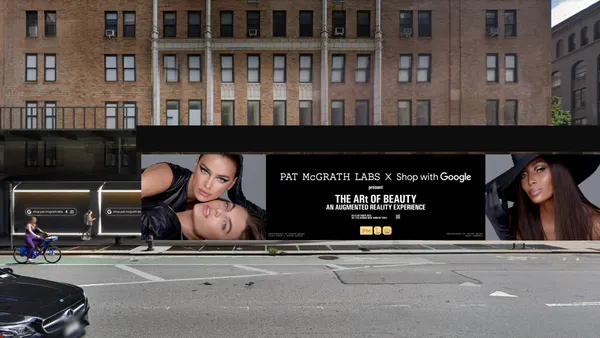Editor's Note: The following is a guest post by Tom McGee, president and CEO of the International Council of Shopping Centers. The views are the author's own.
The past year has seen many predictions about the demise of retail, but the truth is we are witnessing a retail renaissance. Having spent the past decade expanding their digital footprint, retailers are now turning their attention to investing in their stores and reinvigorating their physical presence. Digital and physical have converged to form a mutually beneficial relationship.
Labor is the driving force behind the American economy, and the retail industry contributes 42 million jobs — that is 1 in every 4 jobs. The sector has seen consistent year-over-year job growth for much of 2018, with expectations that it will continue through the end of the year due in part to expedited holiday hiring. The additional jobs are coming courtesy of the strong economy, which is resulting in strong retail sales from month-to-month.
In order to achieve this growth, retailers are listening to and responding to consumer demand. So much can now be done from the palm of your hand, and customers expect a seamless and consistent experience across all retail channels. The most successful retailers will deliver on that expectation. Major retailers have integrated the online experience and online brands are seeing success opening physical locations. In fact, when brands have a physical presence they see an increase in their overall web traffic — 37% on average — in those markets. This "Halo Effect," as evidenced by ICSC's recent report "The Halo Effect: How Bricks Impact Clicks," is proof of the mutually beneficial relationship between physical retail and online stores as well as the need to serve customers when and where they want to shop.
Even more than the convergence of digital and physical, is the role that changing demographics are playing in the success of retail real estate. Baby Boomers are transitioning out of their prime consumption years just as Millennials are entering theirs, which means that the demand for a mix of retail and experience is a high priority for many consumers.
There is now a larger emphasis on restaurants, fitness, recreation and entertainment. This is apparent in the remarkable growth in the food and beverage sector, which has seen the addition of over one million jobs in the past three years. Many Baby Boomers are empty nesters and are finding themselves eating out more frequently, while Millennials are later in starting families and are looking to spend their money on experiences, with dining topping that list.
Consumer habits are changing and fueling this retail renaissance. The physical store is the hub of the customer experience and service, but digital is still a key component to success. Retail innovations and tenant diversifications are adaptations to the evolution of consumer preference and will continue to drive the success we've seen in the industry so far this year. They illustrate that integrated strategies are the future of retail, and physical locations aren't going anywhere. Nearly a third of the nation's GDP comes from retail real estate sales, so it should be no surprise that new physical stores continue to open across multiple retail categories. The industry will continue to fuel economies this holiday season.










